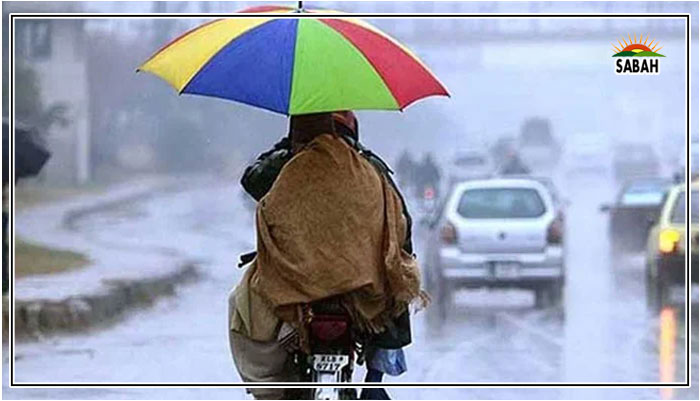Long road ahead…Naseer Memon
THE fate of those affected by last year’s floods has faded from memory but the miseries of the people persist. Catastrophic events leave deep bruises. Complete healing is a complex and protracted process, while certain impacts of the disaster remain irreversible. Poverty resulting from or aggravated by such disasters is one such element that transcends generations.
The World Bank’s recent Macro Poverty Outlook estimates that poverty in Pakistan has increased in the last fiscal year due to skyrocketing food and energy prices, a struggling labour market and the aftermath of the floods.
The floods of 2022 not only displaced over 10 million people in Sindh, they also scrapped their meagre asset base and left critical infrastructure and public services crippled.
The Provincial Disaster Management Authority’s (PDMA) situation report released in April counts over 2m houses damaged (including 1.4m that collapsed altogether), 436,435 perished livestock heads and 3.7m acres of swamped crop area.
These are not simply digits, they are also a numerical depiction of a torment inherited by posterity in the shape of poverty, malnutrition, mental disorder and social instability.
Recently travelling in the far-flung areas of Khairpur Mirs, Naushahro Feroze, Ghotki, Badin, Mirpurkhas and other parts of Sindh, I was aware of the pain that had permeated the shattered lives of the flood affected.
A septuagenarian woman with a wrinkled face broke into tears while sharing distressing memories of how she spent months in a shabby tent on the roadside, cut off by a deep pool of water and surviving on one meal a day while spending sleepless nights under swarms of mosquitoes.
Apart from personal trauma, the loss of critical services has made life miserable for millions of dwellers. People in many villages said that groundwater had been rendered undrinkable as stagnant floodwater had dribbled its way into aquifers.
Barring a few major towns, most areas rely on subsoil water for everyday use, including drinking and cooking. Even small towns do not receive properly treated water through a piped network.
Victims of last year’s floods have been forgotten.
According to the Post-Disaster Needs Assessment report, 5,318 water supply and sanitation schemes in Sindh had been damaged. Water and sanitation, community infrastructure, and municipal services in Sindh faced losses and damage to the tune of $509m. These facilities and services are being rehabilitated at a snail’s pace.
Polluted drinking water is playing havoc with public health in Sindh. Gastroenteritis, malaria and skin diseases are being reported in the flood-ravaged districts. The provincial health department acknowledged 247,799 malaria cases from January to August.
Health experts term these numbers the tip of the iceberg. Health department officials attributed the surge in malaria cases to standing floodwater and poor sanitation. Most of the flood-affected population is left with no choice but to consume contaminated water.
The major cause of displacement includes collapsed houses. Over 2m homes were damaged, forcing millions of people to dwell in tents and makeshift huts on the roadside. Rural houses are mostly made of unbaked brick walls and thatched roofs (they are referred to as katcha homes).
They are unable to withstand even normal amounts of rain and wind currents. The Annual Development Report, 2017, of the Sindh Bureau of Statistics reveals that over half the homes in the rural areas are katcha.
The share of such houses in the worst flood-hit districts include Dadu (56 per cent), Jamshoro (65pc), Kambar-Shahdadkot (65pc), Khairpur Mirs (51pc) and Mirpurkhas (71pc). In these areas, more than 75pc of homes are just
one-room structures. Most of these homes were wiped out by the floods. The Sindh government has initiated an ambitious project of reconstructing these houses as pukka, concrete structures. So far over 325,000 houses are reportedly at different stages of reconstruction.
The process is time-consuming yet the construction of climate-resilient houses with ownership titles is expected to bring about a positive and major transformation in the rural areas.
The floods have erased most of the unmetalledtracks, link roads, culverts and bridges in the rural areas. This has created unimaginable hardship for village communities living away from proper roads.
The Sindh PDMA reported the loss of 8,463 kilometres of roads, 165 bridges and 1,749 culverts. This has crippled life in the rural areas as alternative routes require longer travel time and higher transportation costs. Potholes in the link roads have also caused numerous accidents.
More than a year and a half after the floods, much of the damage remains unaddressed and the promised rehabilitation is a distant dream for the flood-affected communities.
The writer is a civil society professional.
Courtesy Dawn, November 11th, 2023












